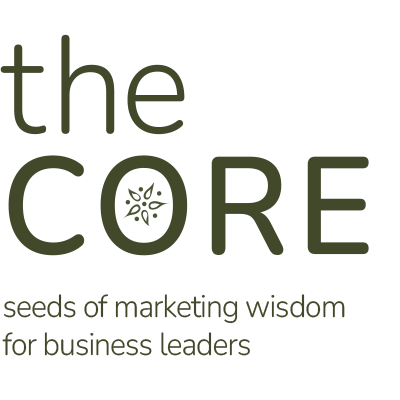Whether your brand has long been established, is getting a refresh, or is a new start-up company, it’s getting harder and harder to stand out in today’s noisy, competitive world. To make our point even clearer, take a moment and scroll through your email inbox. How many of those emails are marketing messages? And, how many have you read or even opened?
If you want to stand out in an increasingly noisy world, you must earn the trust and attention of your customers. This isn’t anything new. It’s what Seth Godin outlined nearly two decades ago in his book, Permission Marketing. The difference is this concept has become increasingly more important in today’s world.
3 Ways to Earn the Trust & Attention of B2B Customers
If you’re a B2B company, here are three specific ways you can earn more trust and attention from today’s customers:- Create the same kind of personal and relevant experience as the best B2C companies.
- Create an experience that matches your brand promise.
- Leverage transparency as a marketing strategy.












